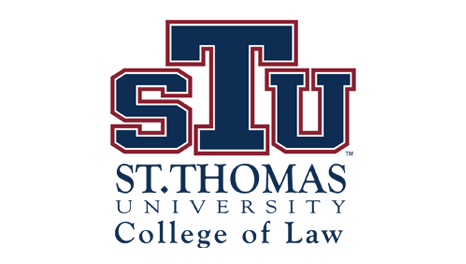St. Thomas Law Review
First Page
147
Document Type
Article
Abstract
The purpose of this paper is to discuss and analyze the constitutional ramifications of the controversy involving the National Endowment of the Arts. Specifically, the controversy is based on obscenity restrictions on government funding. The paper begins by explaining the purpose and goals behind the National Endowment of the Arts. Next, the controversy itself and the subsequent enactment of the Interior Appropriations bill and its restrictions are discussed. There are several constitutional issues presented. First, it is strongly urged that the Miller v. California 1 test is misplaced in this area. However, assuming that Miller is applicable, an intent-based analysis is proposed in analyzing the serious value prong of the Miller test. Under this scheme, grant recipients' work would rarely, if ever, be deemed obscene, because the intent of the artist to produce work of serious artistic value would control. Second, the doctrine of unconstitutional conditions works both for and against the constitutionality of the NEA restrictions. A recent Supreme Court case applicable to this situation suggests that the conditional funding by the NEA appropriations legislation and regulation cannot stand a constitutional challenge. However, case law also indicates that it is difficult to establish that a condition is unconstitutional, where the government is merely giving a benefit to individuals. Third, the doctrine of prior restraint might apply to the restrictions at hand. Recent case law suggests that publicly funded grants need not adhere to procedural requirements of Freedman v. Maryland. However, there are policy arguments to the contrary.
Recommended Citation
Jodi Cantor,
National Endowment of the Art's Controversial Obscenity Regulation and Its Constitutional Ramifications,
3
St. Thomas L. Rev.
147
(1991).
Available at:
https://scholarship.stu.edu/stlr/vol3/iss1/12

